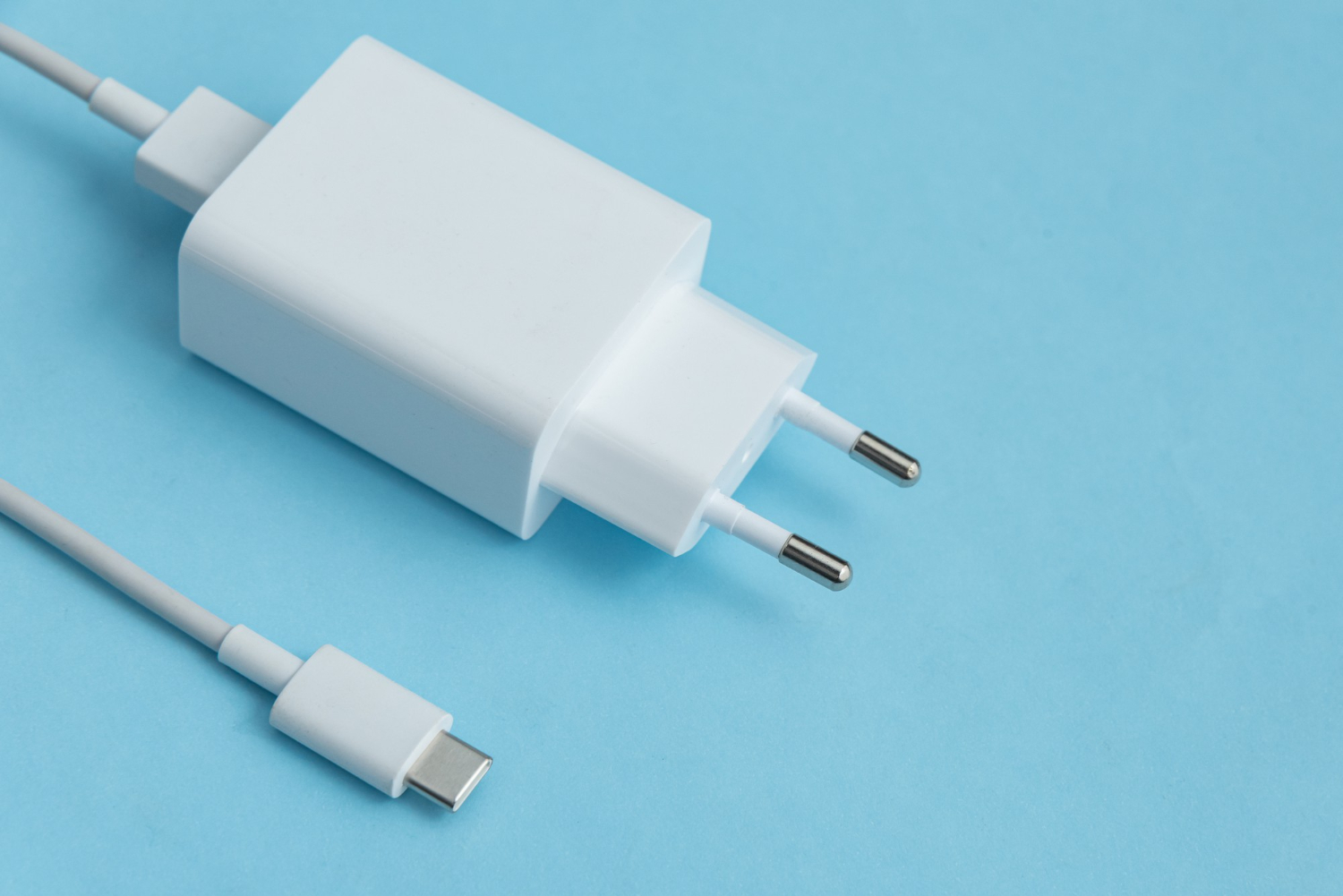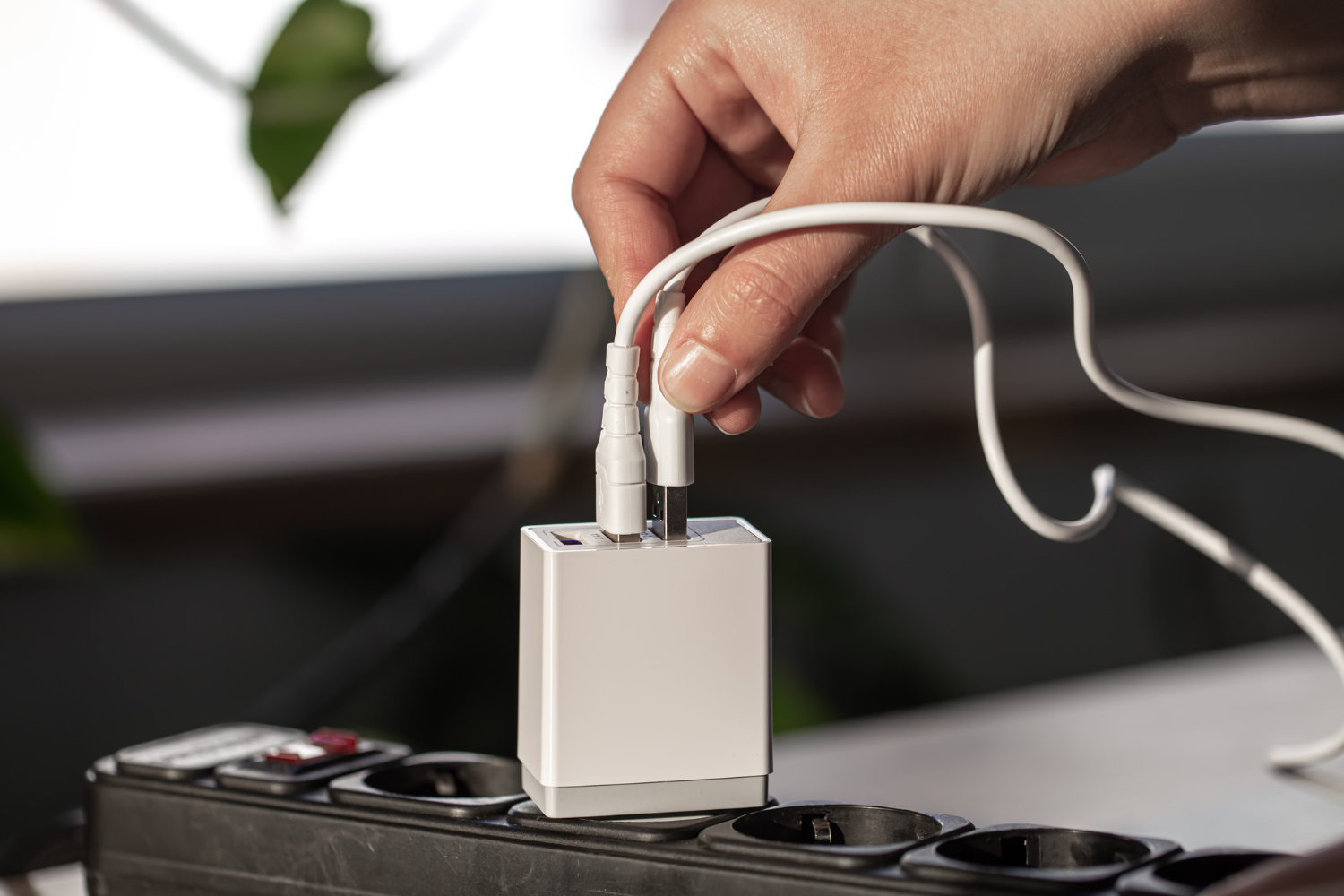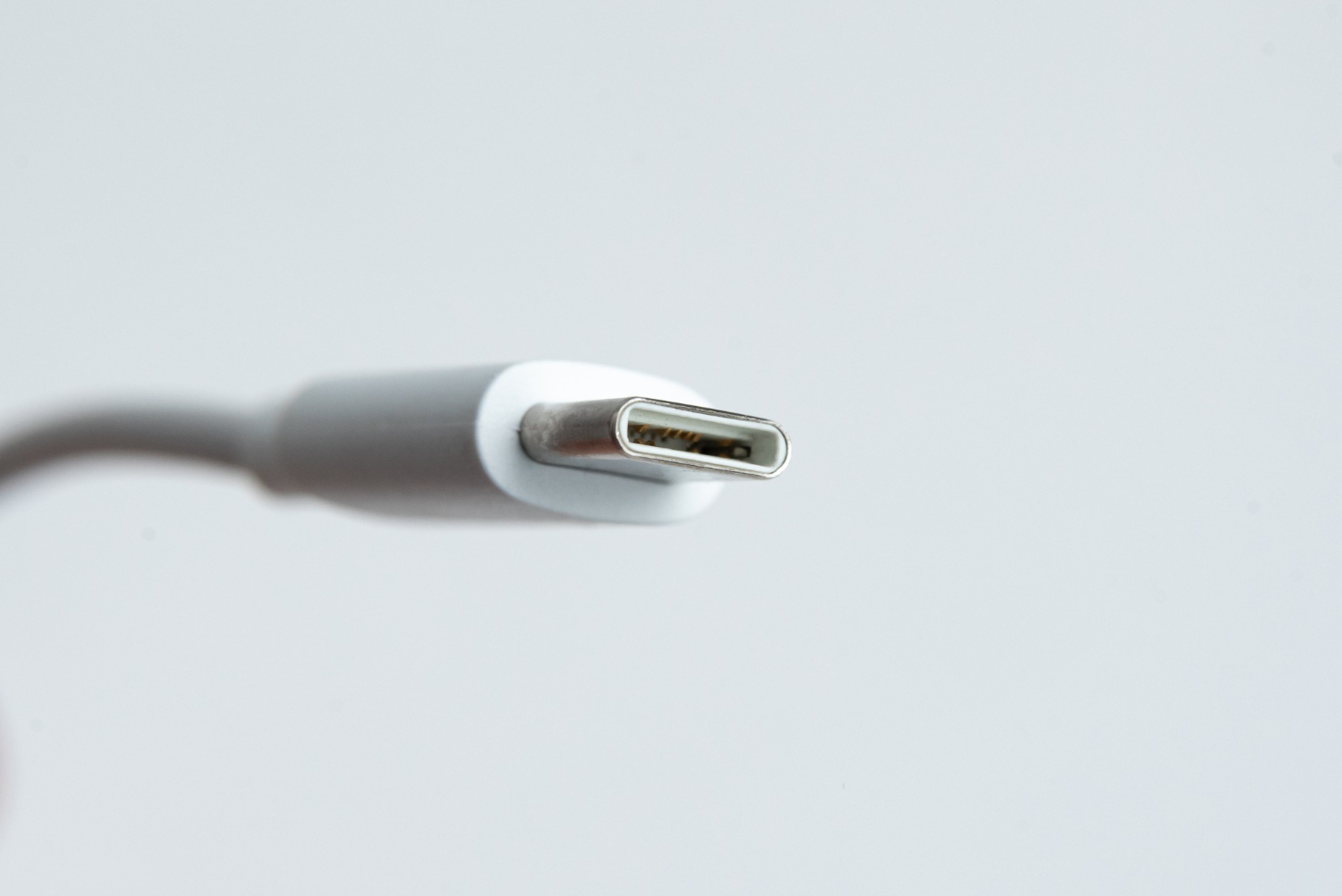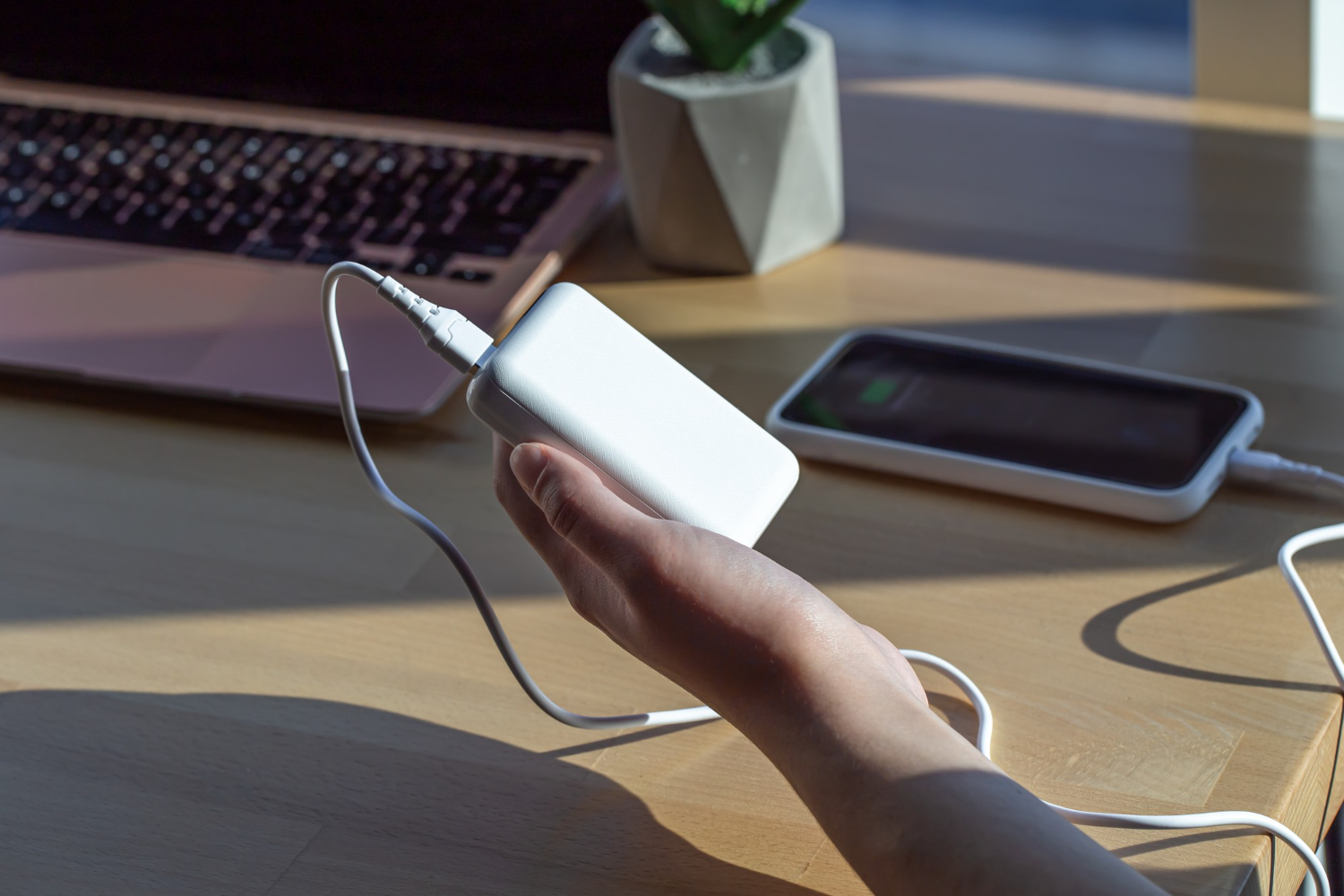If you’ve ever flipped over your phone charger and noticed the small text that says 5V/2A, you might have wondered what those numbers mean. Are they about speed? Power? Safety? Or are they just technical jargon manufacturers throw in?
The truth is, these numbers are far from random, they describe exactly how your charger works and how well it can power your devices. Whether you’re charging a smartphone, a tablet, or even a small gadget like a Bluetooth speaker, understanding 5V/2A can help you pick the right charger, charge faster, and keep your devices safe.
Let’s break it down in a clear, non-robotic, and conversational way.
What Does “5V/2A” Actually Mean?
Every charger is defined by two main numbers: voltage (V) and current (A). Together, they tell you how much power your charger can deliver.
Voltage (V) The Push
Think of voltage as electrical pressure, it’s the “push” that sends electricity into your device.
A 5V rating means the charger outputs 5 volts of electrical pressure, which is the standard voltage for most USB chargers worldwide. It’s safe for smartphones, tablets, Bluetooth devices, and more.
Current (A) The Flow
Current, measured in amperes (A), is the amount of electricity flowing to your device at a given time.
A 2A current means the charger can supply up to two amperes of current. The higher the amperage (within safe limits), the faster a compatible device can charge.
Power in Watts
Here’s the simple formula:
Power (Watts) = Voltage × Current
For a 5V/2A charger:
5 volts × 2 amperes = 10 watts
That means this charger can deliver a maximum of 10 watts of power, more than enough for many modern devices.
Devices That Commonly Use a 5V/2A Charger
You might be surprised at just how many gadgets are designed for 5V/2A charging. Some examples include:
- Smartphones: Especially older or mid-range models that don’t require high-voltage fast charging.
- Tablets: Many budget and mid-tier tablets are designed for 2A input for steady charging.
- Bluetooth speakers and headphones: Portable audio gear often relies on this rating.
- Power banks: Standard power banks usually charge via 5V/2A inputs.
- Portable gaming consoles: Devices like the Nintendo Switch (in handheld mode) can work with 5V/2A charging.
- Small gadgets: Digital cameras, LED desk lamps, USB fans, and similar accessories.
In short, a 5V/2A charger is a workhorse for a wide variety of everyday electronics.
Benefits of Using a 5V/2A Charger
A good 5V/2A charger has several advantages worth noting.
Faster Charging Compared to 1A Chargers
If you’ve used a 5V/1A charger before, you know the pain of slow charging, especially for bigger devices. A 5V/2A charger can charge nearly twice as fast (provided your device supports it).
Ideal for Larger Batteries
Tablets, power banks, and some smartphones have batteries that take hours to charge with low-amperage adapters. A 2A output is better suited for these larger capacities.
Universal Compatibility
Since 5V is the USB standard, you can use a 5V/2A charger for a wide range of devices, just make sure the device’s input rating allows it.
Safe Charging (When Designed Well)
When you buy a certified charger from a reputable brand, the internal circuitry regulates voltage and current to protect your battery from overheating or overcharging.
Compatibility and Safety Tips
Using the wrong charger can be frustrating at best and damaging at worst. Here’s what you should know:
- Check Your Device’s Input Rating
This information is usually printed near the charging port or in the manual. If your phone says “5V/2A,” it’s designed for this exact charger. - The Device Controls the Current Draw
Contrary to a common myth, using a charger with a higher amperage rating won’t force extra power into your phone. The device will only draw what it needs. - Avoid Cheap, Unbranded Chargers
Low-quality chargers may lack overcurrent protection, leading to overheating or even battery damage. - Don’t Ignore the Cable
A weak or damaged cable can limit current flow, making your 2A charger perform like a slow 1A adapter.
5V/2A vs. Other Chargers
5V/1A
- Speed: Much slower, especially for devices with larger batteries.
- Use Case: Best for older phones or small devices like Bluetooth earphones.
Fast Chargers (e.g., 9V/2A, 5V/3A)
- Speed: Much faster for supported devices.
- Use Case: Newer smartphones with fast-charging capabilities.
- Note: Using a higher-voltage charger on an unsupported device is pointless, it will drop back to 5V charging.
Wireless Chargers
- Many wireless charging pads require a 5V/2A (or higher) adapter as their power source.
When a 5V/2A Charger Is Perfect
Here are a few real-world scenarios where this charger really shines:
- Overnight Charging for Tablets: Steady and safe power flow without overheating.
- Quick Top-Ups Before Going Out: Enough current to make a meaningful difference in 30 minutes.
- DIY Electronics Projects: Raspberry Pi boards, Arduino projects, and other USB-powered builds often use 5V/2A power.
How to Choose the Right 5V/2A Charger
Not all chargers are created equal. When shopping, consider:
- Build Quality: Solid casing, good weight, and no rattling parts.
- Brand Reputation: Stick to trusted names like Anker, Aukey, Belkin, or official device brands.
- Certifications: Look for CE, FCC, UL, or similar safety marks.
- Extra Features: Some chargers include multiple USB ports or built-in surge protection.
Myths About 5V/2A Chargers
Let’s bust some common misconceptions:
- “It will damage my battery.”
If your device is rated for 2A input, it’s completely safe. - “Higher amperage always means faster charging.”
Not if your device is limited to a lower current draw. - “All 5V/2A chargers are the same.”
The internal components, safety features, and cable quality can make a huge difference.
Conclusion
A 5V/2A charger is one of the most versatile and practical chargers you can own. It delivers 10 watts of power, charges a wide range of devices efficiently, and, when built with quality and safety in mind, protects your electronics from damage.
If you understand what those numbers mean and match them with your device’s requirements, you’ll enjoy faster charging, better battery health, and peace of mind knowing your devices are powered safely.
So next time you see 5V/2A printed on a charger, you’ll know it’s not just a random code, it’s a clear statement of power, speed, and compatibility.
FAQs
What does 5V/2A mean on a charger?
It means the charger outputs 5 volts of electrical pressure and can supply up to 2 amperes of current. Together, this equals 10 watts of power, which is a common standard for charging smartphones, tablets, and other USB devices.
Is a 5V/2A charger fast?
It’s faster than a standard 5V/1A charger and is considered good for many devices. However, it’s not as fast as newer fast-charging standards like 9V/2A or 5V/3A. The actual speed depends on your device’s charging capabilities.
Can I use a 5V/2A charger for my phone?
Yes, if your phone supports 2A input, it’s perfectly safe. Even if your phone is designed for lower amperage, it will only draw the amount of current it needs, the charger won’t “force” more into it.
Will a 5V/2A charger damage my battery?
No, as long as your device is compatible and you’re using a quality charger from a reputable brand. Poorly made chargers, however, can cause overheating or battery issues.
Can I charge my tablet with a 5V/2A charger?
Yes. In fact, most budget and mid-range tablets are designed to work with 5V/2A chargers, as they provide enough power for larger batteries without excessive heat.
What’s the difference between 5V/2A and 5V/1A chargers?
The main difference is charging speed. A 5V/2A charger can deliver double the current, which means faster charging times for compatible devices.
Can I use a 5V/2A charger to power other devices like speakers or cameras?
Yes. Many small electronics, including Bluetooth speakers, action cameras, and LED desk lamps, are designed to work with 5V/2A USB power.
Why do some wireless chargers recommend 5V/2A adapters?
Wireless chargers lose some efficiency due to the nature of wireless power transfer. A 5V/2A adapter ensures enough power reaches the device for effective charging.







